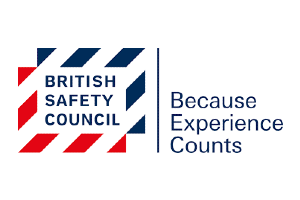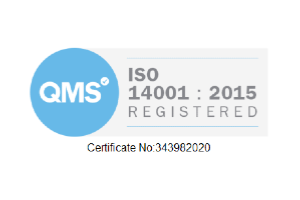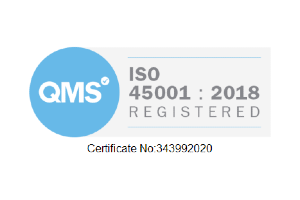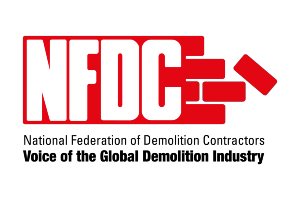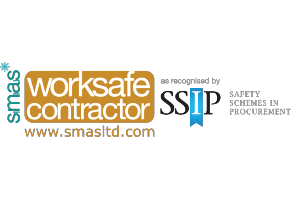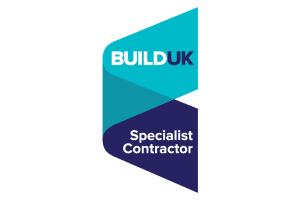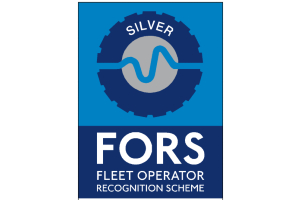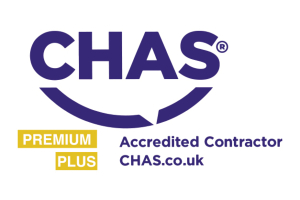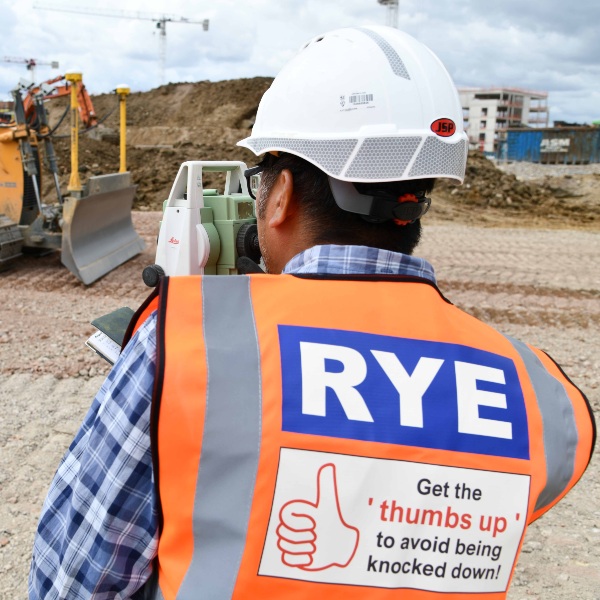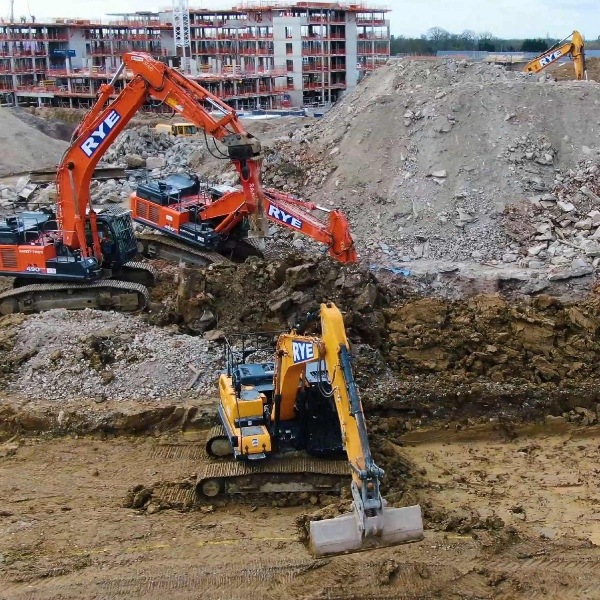Method or Madness
- 15/06/21
Author - Ben Griffiths, SHE and Operations Director at Rye Group.
The need for robust health and safety procedures, strong communication and constant vigilance requires no introduction. It’s a cornerstone of our industry and fundamental to any credible demolition organisation.
That doesn’t mean however, that it is easy to manage. So much needs to be considered and carefully planned. Principal contractors are well versed in producing method statements, risk assessments and project execution plans, but do they do the job for which they are intended?
Let’s explore further.
What’s the point?
The Health and Safety Executive (HSE) clearly states on their website that ‘…all demolition, dismantling and structural alteration must be carefully planned and carried out in a way that prevents danger by practitioners with the relevant skills, knowledge and experience.’
There are fundamental obligations on any demolition contractor to, not only plan carefully, but also to ensure that the plans, risk mitigations and procedures are understood and adhered to by site management and workers. Ultimately, these method statements are there to ensure all works are completed in the best possible way, to meet the needs of the job. It’s the recipe book for demolition. These plans and assessments also ensure the safety of all workers on site and the local community.
In short – they are not to be sniffed at.
Ownership and responsibility
It’s easy to assume that the responsibility lies with the management team of the principal contractor and of course, ultimate accountability does, but this does not mean that no-one else has a part to play.
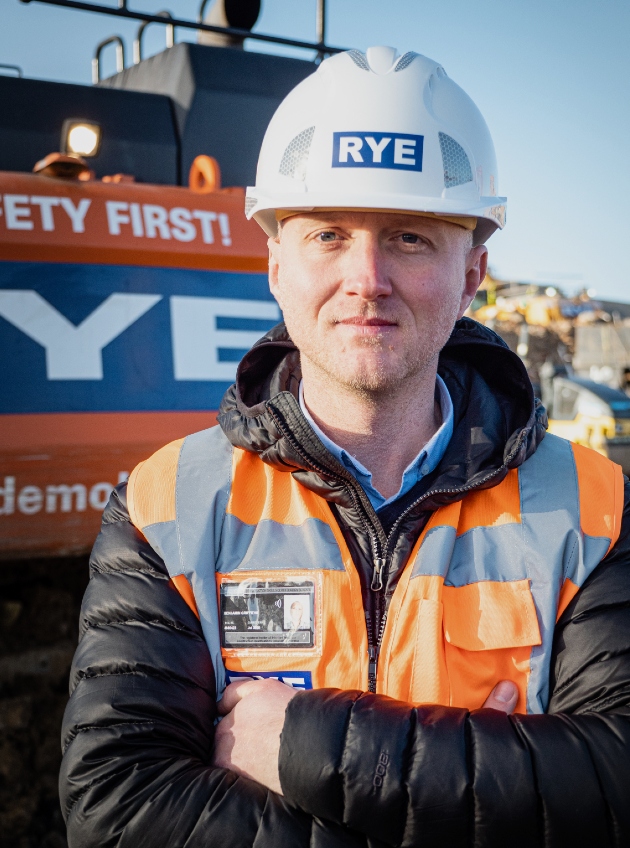
HSE guidance lays out the roles and responsibilities of site managers and site workers – reinforcing the fact that everyone has a part to play.
The guidance stipulates that operatives must make themselves aware of Health and Safety procedures on site and the risk mitigation measures. They must also ensure they follow site rules and procedures.
An interesting element here is the responsibility that is placed on workers to take ownership for their own safety – it isn’t just down to Site Managers or leadership teams of the principal contractor. They must feel able to reach out if they are unsure - to raise questions and concerns, to clarify understanding or bring new ideas to the table.
In the same way that everyone on a demolition site has responsibility to live, eat, sleep and breathe health and safety measures, full adoption of the method statement and execution plans is required. Everyone has a responsibility to understand how the work should be carried out and also ensure they follow the processes that have been laid out.
Time to analyse
So far, so good.
Whilst, ultimate responsibility lies with the principal contractor’s leadership team to plan, communicate, educate and support, site managers and workers also need to play their part and be able to understand methods of work, health and safety procedures and mitigation measures.
The challenge then, is making this accessible and understandable.
For context I thought I’d run a search for method statements on Google to get a broad perspective, rather than relying on those that we produce as a reference point.
The results were as I expected and, for clarity, these are not statements for mega projects – they were all relatively modest sites comprising two or three medium size buildings. I’m not talking about the Burj Khalifa here.
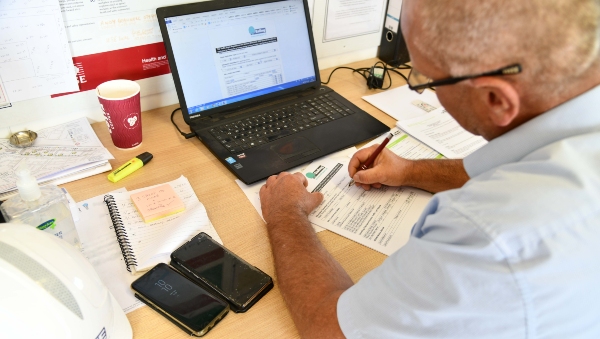
Of the first ten I opened, six were in excess of forty pages (one was 118 pages long), three were over twenty pages long and one was just three (including the cover page)!
The three pager barely covered where the site was, let alone providing suitable levels of information about how the project was to be managed and what the risk management processes were.
Of the others, it was particularly noticeable to me that only one of them wasn’t just page after page of text, with the odd table and maybe one photo. In essence they were weighty and daunting just to look at, even without having to trawl through them chapter and verse.
This isn’t to say that the information held within is unnecessary, nor is it a call for shortcuts to be made. It does however, make me wonder how accessible they really are and how likely it is that site workers and managers up and down the country will digest the content, let alone remember it and be able to act on it at a moment’s notice without further reference.
The length and weight of these documents therefore, represents an issue, especially when you consider that site operatives are not used to working with volumes of documents every day – their skill-set is broadly practical. They are there to ‘get stuff done’.
In addition, we have to remember that demolition workforces comprise people of many cultures and nationalities. In many instances English is not the first (or any) language of many of the workers. When I visit our sites around London and the South East, it is often the case that the most commonly spoken languages are Hindi, Bengali, Serbian or Polish. The workers are highly skilled and trained but they cannot be expected to digest a multi-page document in English and raise meaningful questions about it.
I am sure that all credible demolition firms make certain that there are bi-lingual supervisors in the group that allow strong communication between site management and workers. As we do, I am also sure that they encourage questions to be asked and leave the door open to anyone who wants to clarify anything they don’t understand.
That said, if we are truly going to support site colleagues with their responsibilities to understand and follow procedures and provide the opportunity for them to be closer to the methods of work, we must think again.
What’s next?
In amongst the War and Peace style examples I highlighted previously, I indicated one notable exception. Whilst still lengthy, at forty pages, this particular method statement and risk assessment was far easier to digest. It comprised the required detail and background, it showed careful planning and robust methodologies…but it was also user friendly. Containing plenty of CGI mock-ups of the site with clear instructions, it made sense. Anyone could pick it up, flick through and quickly understand the processes involved. It is easy to identify the safety procedures and risk mitigation measures and far more memorable due to the presence of the diagrams.
At Rye we are proud of our team ethic and openness that pervades throughout the organisation. We encourage our colleagues to raise questions when they don’t understand and we take time with all colleagues to educate and ensure they understand what is expected of them and how a job will run. Our safety record and client feedback on the quality of our work testifies that we are good at it – we don’t cut corners.
Our methodologies, risk assessments and execution plans are excellent, produced by dedicated and experienced professionals - further attested by the fact that we hold ISO accreditations for quality and occupational health and safety. That said, we know we can do better and I believe that we have a responsibility, as an industry, to push ourselves further.
We are exploring new ways of bringing these documents to life, to making them accessible and usable.
Rather than simply rely on our current standards we are introducing a range of new measures, such as supporting versions of our method statements and risk assessments for site operatives that are more engaging. We are introducing more diagrammatic explanations of our works, digital editions that will be made available on tablet to all site workers and multi-lingual versions, recognising the difference that can be made by tailoring our approach. Everything won’t happen at once but, by challenging ourselves to be better and innovating, we are confident that we will be able to deliver even greater services for our clients and grow as an organisation. The sense of inclusiveness will grow and commitment to the cause increase. Most importantly we can reduce the chance of accidents occurring.
Method statements and risk assessments are not just tick-box exercises, they ensure the quality of execution and safety of workers.
Existing approaches ensure we comply with legislation and deliver what our clients expect, but how much further could we go if we challenged ourselves to help our teams help themselves?
I leave this question hanging – what more can we all do to raise standards, to improve safety and develop the reputation of the industry and our clients through excellent practise?
Lead image of books by Birgit Böllinger from Pixabay
Memberships And Accreditation Partners
